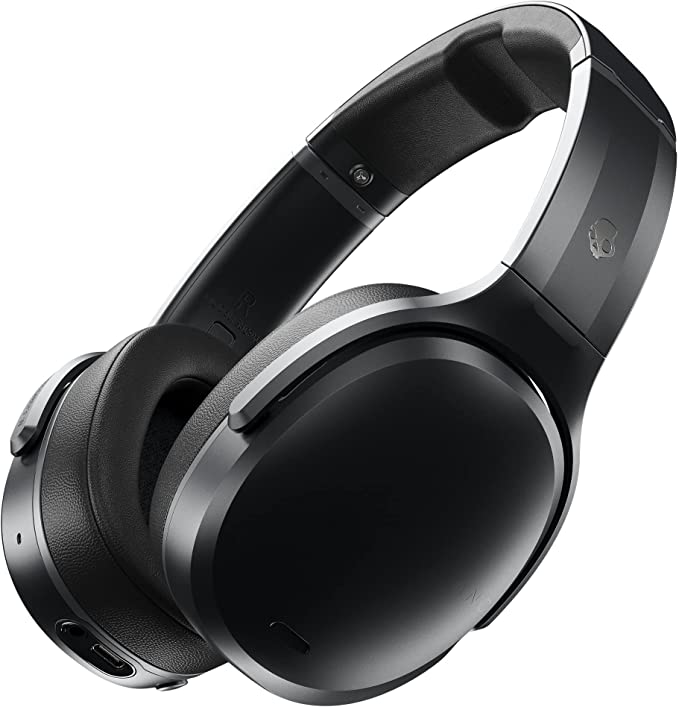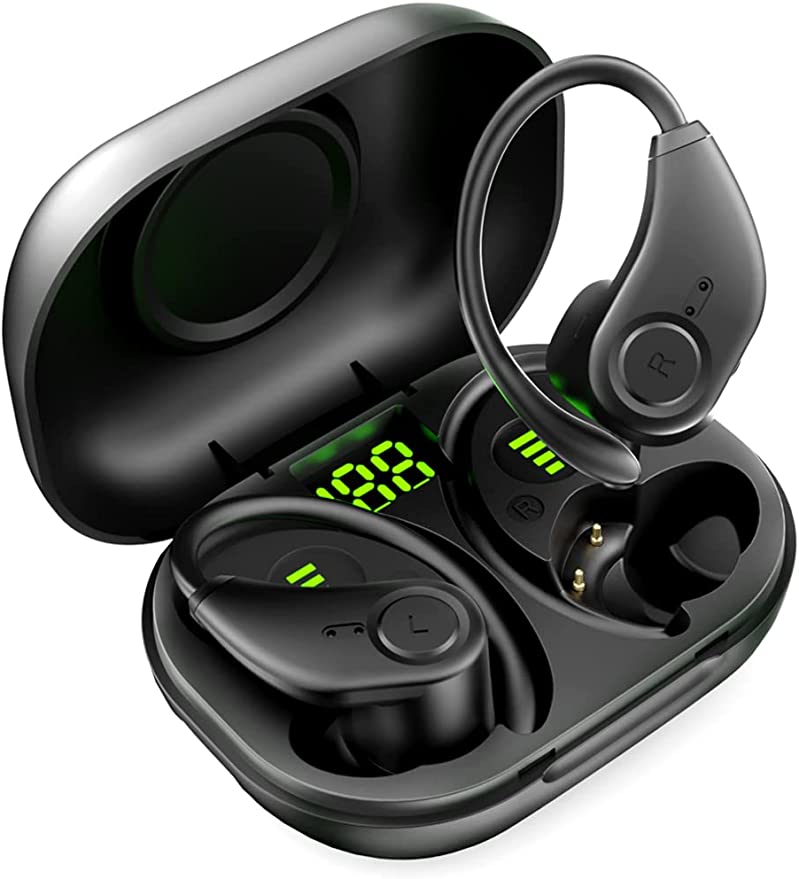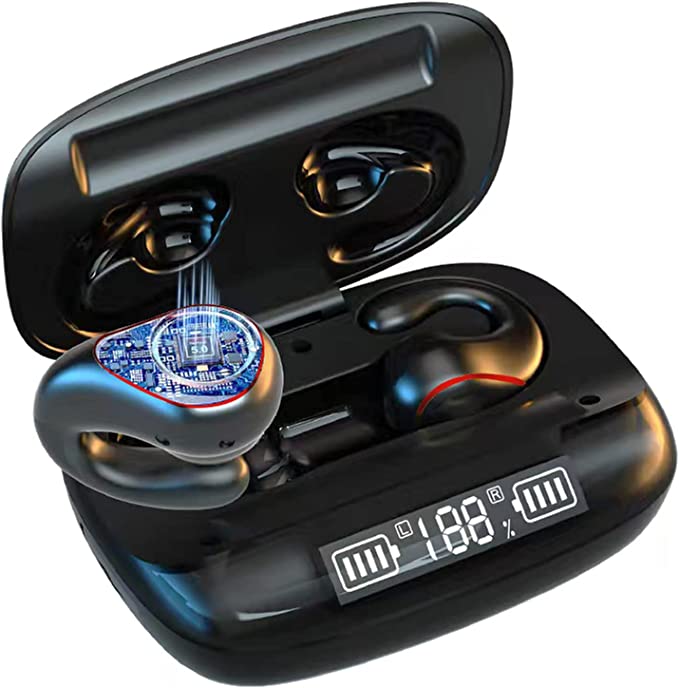The Science of On-the-Go Espresso: How Portable Coffee Makers Work
Update on Oct. 29, 2025, 4:24 p.m.
For a long time, a truly great shot of espresso was a tethered experience. It belonged to the café, anchored by heavy, humming machinery that demanded dedicated plumbing and a powerful electrical circuit. The idea of replicating that rich, aromatic, crema-topped elixir on a mountainside, in a hotel room, or during a roadside break seemed like a fantasy. The compromises were many: weak, watery brews or cumbersome manual gadgets that were more effort than they were worth.
But what if we could untether the barista? What if we could shrink the core principles of a professional espresso machine into a device the size of a water bottle? This isn’t just a question of convenience; it’s a fascinating challenge of physics, thermodynamics, and engineering.
Today, we’re going to pull back the curtain on this technology. Consider this your masterclass in portable espresso science. We’ll use a modern device, the CERA+ PCM03 Portable Mini Espresso Machine, not as a product to be reviewed, but as our case study—a tangible example of how these scientific principles are being applied in the real world to solve the age-old problem of getting a fantastic espresso, absolutely anywhere.

The Physics of Flavor: Deconstructing 20 Bars of Pressure
First, let’s get one thing straight: espresso is not just strong coffee. It’s a completely different brewing method defined by one critical force: pressure. While your drip coffee maker gently coaxes flavor out of the grounds with gravity, an espresso machine uses immense force to do something far more dramatic.
The CERA+ PCM03 is rated to achieve up to 20 bars of pressure. But what does that even mean? One bar is roughly the atmospheric pressure at sea level. So, 20 bars is twenty times that pressure. For context, professional café machines typically operate between 9 and 15 bars. The ability to generate this level of force in a handheld device is a monumental engineering feat.
Here’s why that pressure is the secret ingredient:
-
Rapid, Intense Extraction: High pressure forces water through the tightly compacted “puck” of fine coffee grounds in under 30 seconds. This speed is crucial because it extracts the desirable flavorful compounds without having enough time to draw out the bitter, astringent elements that cause over-extraction.
-
The Birth of Crema: This is the magic. The intense pressure doesn’t just dissolve flavors; it physically emulsifies the natural oils within the coffee beans. These oils, combined with suspended coffee solids and CO₂ gas from the beans, create the iconic “crema”—the beautiful, velvety, reddish-brown foam on top of the shot. Crema is the hallmark of a true espresso, contributing massively to its aroma, rich mouthfeel, and lingering aftertaste.
Without high pressure, you simply cannot create crema. The engineering challenge overcome in a device like the PCM03 is to house a miniature pump and a robust internal chamber capable of generating and withstanding this force safely and consistently, all powered by a small battery.

The Thermodynamic Tightrope: Mastering Heat for the Perfect Brew
If pressure is the brute force, temperature is the fine art of espresso. The chemical compounds in coffee—acids, sugars, oils—are extracted at different rates at different temperatures. It’s a delicate balancing act.
- Too Cold: Your shot will taste sour and weak (under-extracted).
- Too Hot: You risk scalding the grounds, resulting in a bitter, burnt flavor (over-extracted).
The specialty coffee world agrees that the ideal temperature range for espresso is between 90-96°C (195-205°F). The CERA+ PCM03 is engineered to heat water to a precise 96°C (205°F). Achieving this, especially when starting with cold water, is where its ceramic heating technology becomes critical.
Unlike old-school resistance wires, modern PTC (Positive Temperature Coefficient) ceramic heaters are incredibly efficient. They heat up very quickly and have a self-regulating property—as they approach their target temperature, their electrical resistance increases, naturally throttling the power to avoid overheating. This allows for remarkable temperature stability. The PCM03 can reportedly reach its brewing temperature in just 3 to 4 minutes.
In a portable device, the thermodynamic challenge is twofold: heat the water quickly to conserve battery, and then maintain that temperature throughout the 30-second extraction, minimizing heat loss to the outside world. This requires clever thermal insulation and efficient heat transfer, all within a very confined space.

The Power Plant in Your Pocket: Energizing the Untethered Brew
This is where the rubber meets the road. Generating 20 bars of pressure and heating water to near-boiling requires a significant amount of energy. It’s the single biggest hurdle for any self-heating portable coffee maker.
The solution lies in a powerful, energy-dense power source. The CERA+ PCM03 is equipped with a 7500mAh rechargeable lithium-ion battery. This is the same type of technology that powers your smartphone and laptop, chosen for its ability to store a lot of energy in a small, lightweight package.
Let’s translate that capacity into real-world use:
- From Cold Water: On a full charge, it can heat water and extract 3 full cups (80ml) or 4-5 smaller shots (50ml). This is often enough to get you through a full day of travel or a weekend camping trip.
- With Hot Water: If you pre-fill it with hot water (from a kettle or thermos), you bypass the energy-intensive heating step. In this mode, the battery can power the pressure pump for over 200 extractions.
Portability also means convenient recharging. The device uses a modern USB Type-C port, the universal standard. It takes about 3 to 3.5 hours to fully charge with a standard 10W/15W adapter. Crucially for its target user, it’s also compatible with 12V/24V car chargers, making it a truly reliable companion on the road.

Engineering for the Real World: Design, Materials, and Versatility
The science is impressive, but it’s useless if the device isn’t practical. The final piece of the puzzle is how all this technology is packaged for a life on the move.
The PCM03 measures just 8 inches tall and weighs about 1.4 pounds (640g), making it no larger than a typical thermos. The materials are chosen for safety and durability, with a heat-insulated body and food-grade components for all parts that touch water and coffee.
Recognizing that coffee lovers have different preferences, the design incorporates a crucial element of versatility: it’s compatible with both Nespresso-style pods and your own ground coffee. This requires two distinct adapters—one to pierce and hold a capsule, and another filter basket for loose grounds. This dual-functionality demonstrates a deep understanding of the user, catering to both the convenience of pods and the customization of using one’s own freshly ground beans.

The Liberated Bean: Where Science Meets Wanderlust
The modern portable espresso machine is far more than a simple gadget. It’s a marvel of applied science—a symphony of hydraulics, thermodynamics, and electrical engineering working in concert.
By achieving 20 bars of pressure, it masters the physics of extraction to produce authentic crema. By using stable ceramic heating to reach 96°C, it navigates the delicate thermodynamics of flavor. And with a robust 7500mAh battery, it solves the fundamental power challenge, finally untethering the barista.
Devices like the CERA+ PCM03 represent the democratization of a luxury experience. They prove that with a deep understanding of the core scientific principles, the boundaries of where and how we enjoy life’s simple pleasures can be redrawn. The perfect shot of espresso is no longer a destination; it’s a companion, ready for wherever the journey takes you.








































